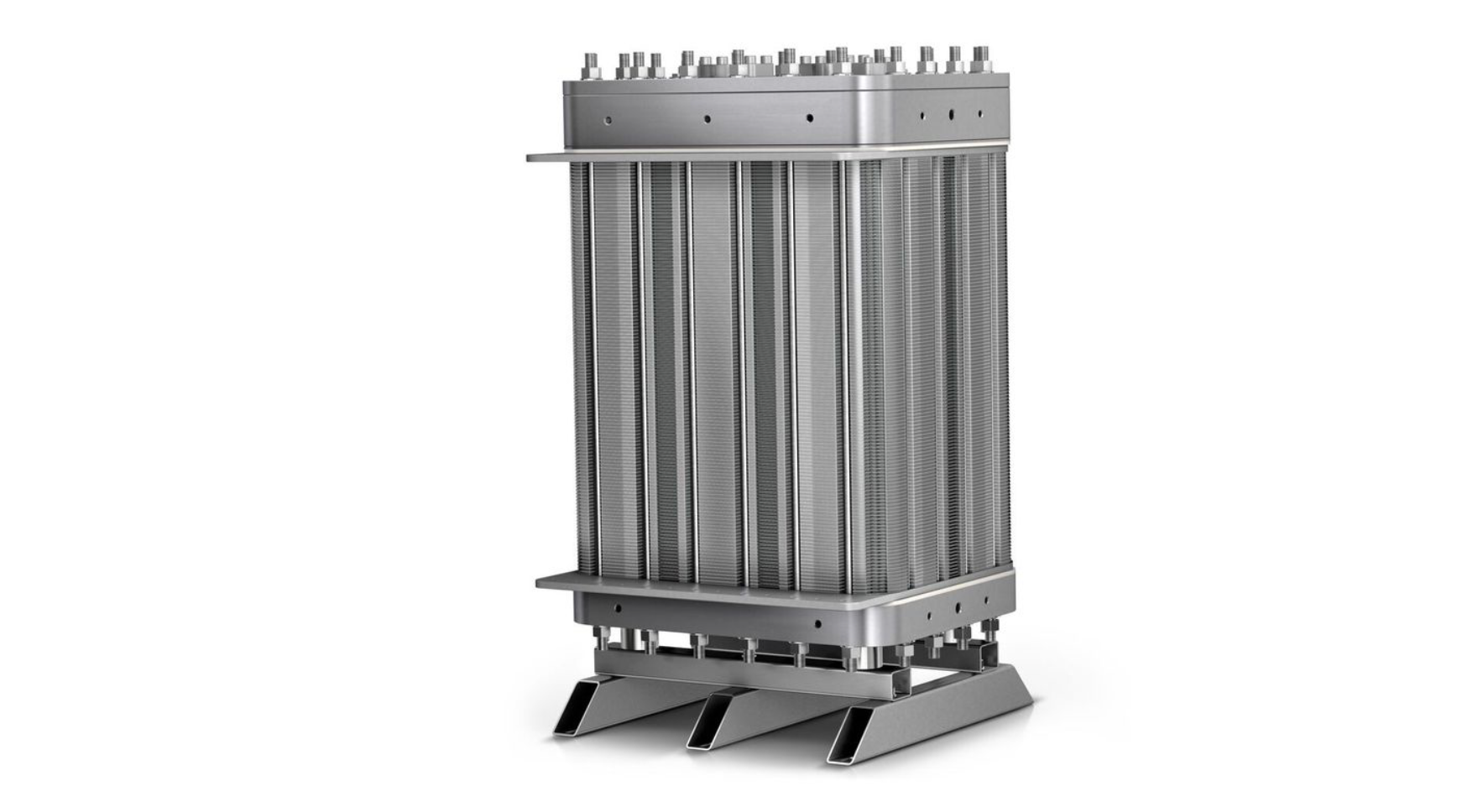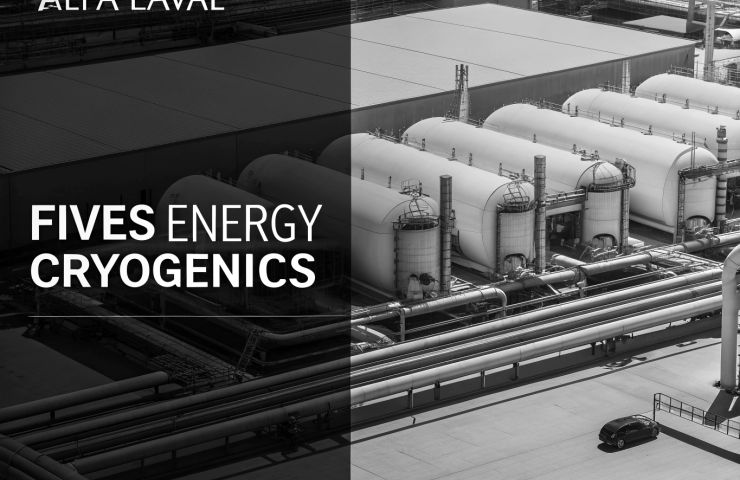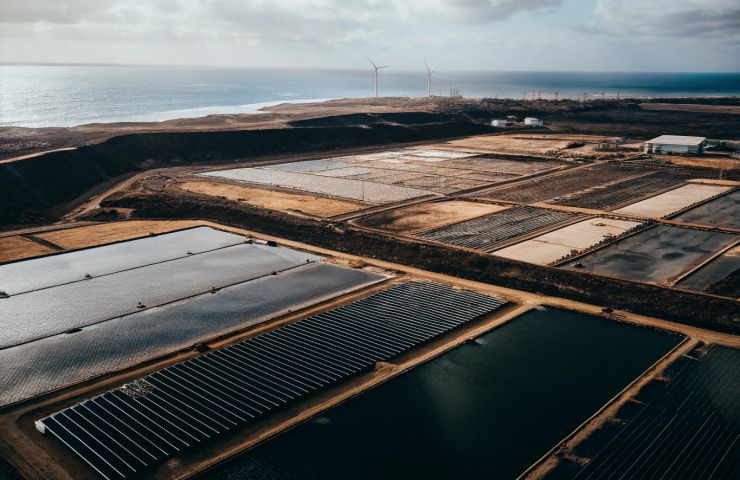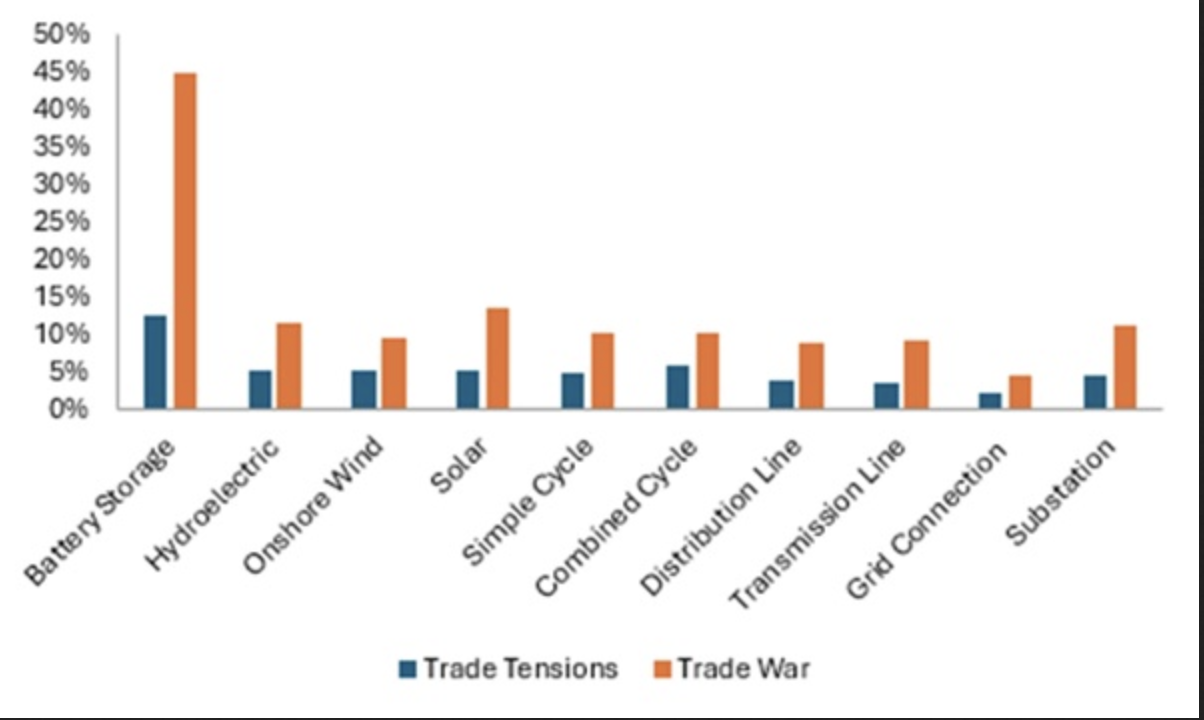Combining PV-driven heat pumps with district heating in multi-apartment buildings
An international research group has investigated how PV-powered heat pumps and district heating could be combined to heat a multi-apartment building in Sweden and have found that, of the three combinations they evaluated, relying on heat pumps as the primary heat source was the "most beneficial solution" in terms of operating costs and environmental impact.

An international research group has investigated how PV-powered heat pumps and district heating could be combined to heat a multi-apartment building in Sweden and have found that, of the three combinations they evaluated, relying on heat pumps as the primary heat source was the "most beneficial solution" in terms of operating costs and environmental impact.
A European research group has conducted a study on the performance of a hybrid PV-powered heat pump (HP) and district heating (DH) system in a multi-apartment building. It was simulated via TRNSYS software, based on the real parameters of an apartment building in Gothenburg, Sweden.
“The building is a 5-floor testbed, named ‘HSB Living Lab’, with 29 apartments. It can be assumed that the building is always occupied, even in the summer vacation period,” said the team. “The weather in Gothenburg is characterized by maritime temperate with cool summers and mild winters. The annual rainfall is around 850 mm, evenly spread throughout the year. The daylight lasts between 6 – 18 h per day, depending on the season.”
The heating system consists of two air-to-water heat pumps, district heating, and an auxiliary electric heater. Each heat pump features a total air flow rate of 1,500 L/s and a rated heating capacity of 9.8 kW. The compressor’s electrical consumption is 2.31 kW, and the blower's is 0.18 kW. The heating system supplies three 0.5 m³ water tanks: one for domestic hot water, a second for the radiators, and a third for the radiant floor. On the roof and one facade of the building, there are PV panels with a total area of 186 m² and a peak power of 17.1 kW. Those are connected to a 7.2 kWh electric battery.
Control strategies
The scientists considered three control strategies for meeting the thermal demand of the building: operation with priority at district heating; operation with priority at heat pumps; and operation with district heating only. The comparison was focused on the thermal quantities, the electric energy consumption and production, the cost of energy, and the environmental impact.
The simulation took into account that the annual building thermal demand is 26,240 kWh for domestic hot water and 42,067 kWh for space heating. In the case of the DH priority, the district heating supplied 39,189 kWh, the HPs 27,099 kWh, with a monthly coefficient of performance (COP) of 2.2 to 3.4, and the electric heater supplied 4,361 kWh.
On the other hand, when the heat pump priority control strategy was used, DH supplied 16,406 kWh, the electric heater had a negligible contribution, and the heat pumps supplied 54,346 kWh with a COP ranging from 2.2 to 4. Lastly, when only district heating was used, it supplied 70,970 kWh, while the electric heater contribution was again negligible.
Results
“The annual photovoltaic array excess energy equals 10,934 kWh. It is high during hot months and low during cold months. In the control strategy with district heating priority, 1,603 kWh of this excess energy has the potential to power the heat pumps, resulting in a 14.8% reduction in the electricity consumption of heat pumps,” the team added. “In the control strategy with heat pumps priority, 2,805 kWhe of this excess energy have the potential to power the heat pumps, resulting in 13.5% reduction in heat pumps electricity consumption.”
According to the results, the annual costs for district heating and electricity were €2,627 ($3,081), €4,348, and €6,312 for the heat pump priority, district heating priority, and district heating only control strategies, respectively. They had 7,865 kg, 13,716 kg, and 21,854 kg of CO2 equivalent emissions, respectively.
The researchers concluded that the use of HPs as the primary heat source in multi-apartment buildings was the “most beneficial solution” in terms of operating costs and environmental impact.
Their findings were presented in “Analysis of a hybrid heating system with TRNSYS: district heating, heat pumps and photovoltaics in a multi-apartment building,” published in Energy & Buildings. Researchers from Greece’s Centre for Research & Technology Hellas/Chemical Process and Energy Resources Institute (CERTH/CPERI), Spain’s Fundacion CARTIF, and Sweden’s RISE Research Institutes of Sweden have participated in the study.
What's Your Reaction?























































